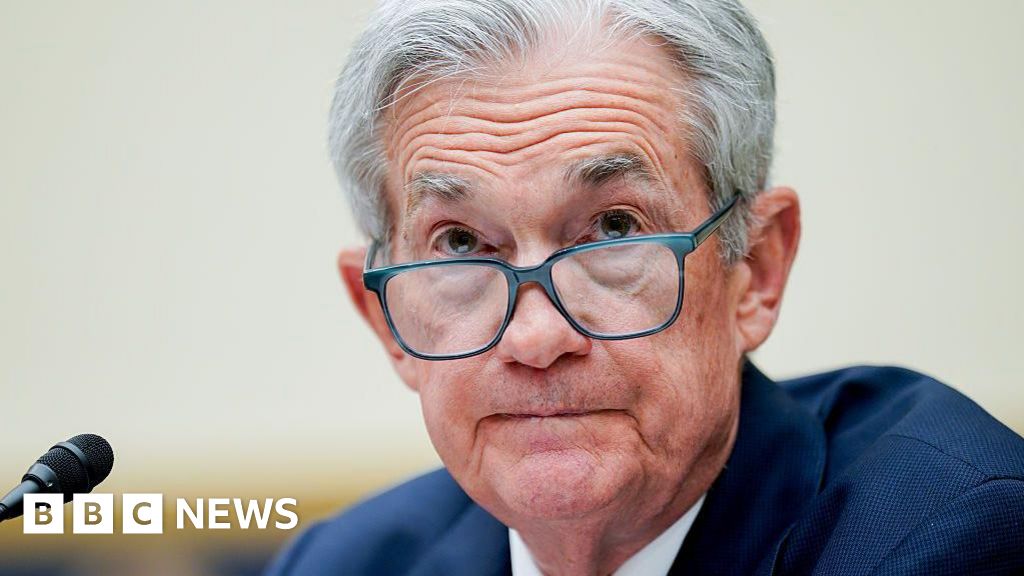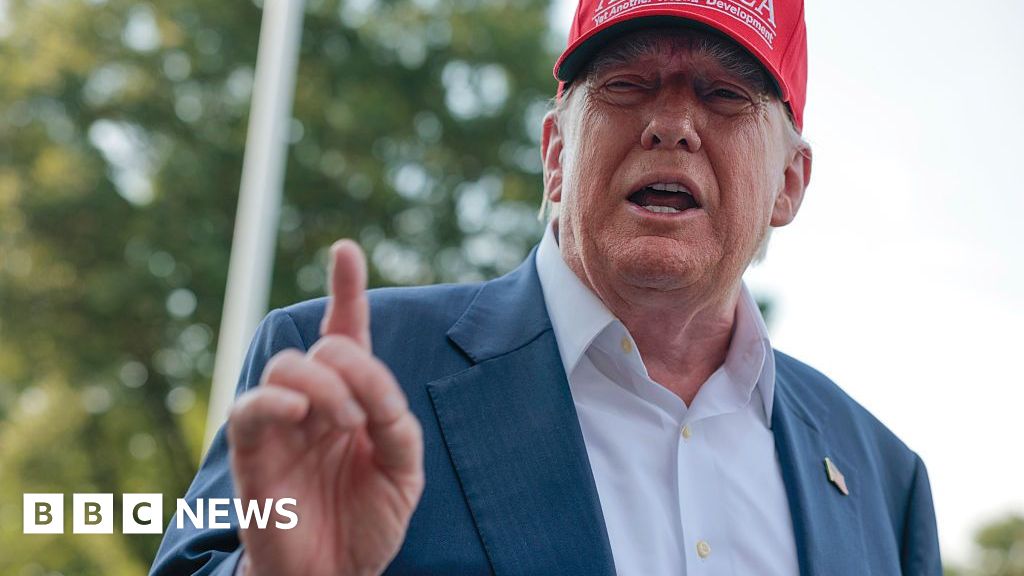vox.com
Trump’s plan to replace clean energy with fossil fuels has some major problems
Thu, 03 Jul 2025 02:48:29 GMT
is a correspondent at Vox writing about climate change, energy policy, and science. He is also a regular contributor to the radio program Science Friday. Prior to Vox, he was a reporter for ClimateWire at E&E News.
The first solar cell ever made was built in the United States. Tesla, based in the US, was once the largest EV manufacturer in the world. The lithium-ion battery was codeveloped in the US.
But today, China — not the US — is the largest manufacturer of solar cells and batteries. China’s BYD — not Tesla — is the largest EV manufacturer in the world. And China is starting to outrun the US on research and development investment.
The US has a long history of taking the lead in clean energy, and a long history of losing it. And President Donald Trump’s “big, beautiful bill,” which passed the Senate on Tuesday, would again leave the US on the margins of a global clean energy revolution that it could have dominated.
But thanks to the bill, that may not be the case for much longer.
These provisions are in line with Trump’s longstanding antipathy toward renewable energy and disbelief in climate change. But they stand to hobble the US economy more broadly.
The US is facing significant load growth on the power grid for the first time in decades as the tech industry scrounges for electrons to power their electricity-devouring data centers. Energy demand is rising and the cheapest, most readily deployable supplies of energy are being throttled.
The alternatives, however, are not likely to make up the gap in time. Fossil fuels take longer to ramp up. The US is currently the largest oil and gas producer in the world, but it can take years to site, permit, and acquire the materials to build power plants that burn these fuels. Since these are internationally traded commodities, their prices can fluctuate based on factors beyond the US’s control.
Energy Information Administration
“We’re in this moment of surging demand and you can’t build another gas turbine for at least five years beyond what’s already been booked,” said Robbie Orvis, senior director for modeling and analysis at the think tank Energy Innovation. “We have this demand growth that’s going to have to be met. The only thing you can build to meet it on the timeline needed over the next five to 10 years is solar, wind, or battery storage.”
The net result is a policy suite that will not only hamper clean electricity, but energy overall, making it more expensive for everyone across the country. According to Energy Innovation, the Senate bill would reduce how much energy the US adds to the grid in the years to come compared to the current trajectory, thereby increasing household electricity prices on average by $130 per year, eroding almost a trillion dollars in economic productivity, and costing 760,000 jobs by 2030.
While the US is putting clean energy in reverse, other countries are racing ahead. Clean energy technology investment is poised to increase to $2.2 trillion this year around the world. Renewables are on track to overtake coal as the biggest power source in the world this year. Wind, solar, and batteries are still getting cheaper. Effectively, the US is ceding one of the biggest growth industries in the world to China, particularly as developing countries industrialize and other wealthy countries look to decarbonize their economies.
Related The One Big Beautiful Bill is one big disaster for AI
The case for more clean energy — lower costs, faster deployment, fewer greenhouse gas emissions — remains robust. Even with all the deliberate obstacles the Trump administration is placing ahead, there are some wind, solar, and battery projects still poised to come online in the US as they work their way through the pipeline, albeit at a much slower pace than before.
Stay in touch
Keep informed with the most important events in market and advanced calculators.







